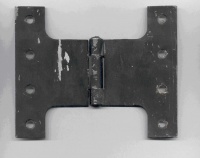Hinges: Difference between revisions
No edit summary |
No edit summary |
||
| Line 25: | Line 25: | ||
Backflap hinges are one of the most commonly used hinges, it's uses range from hanging doors and windows to attaching treads and scenery to each other and the stage. | Backflap hinges are one of the most commonly used hinges in theatre, it's uses range from hanging doors and windows to attaching treads and scenery to each other and the stage. | ||
[[Image:Backflap.jpg|200px|thumb|left|backflap]] | [[Image:Backflap.jpg|200px|thumb|left|backflap]] | ||
Revision as of 21:25, 2 October 2008
Loose pin hinges are used as a method of fixing scenery together. They are mostly used for quick scene changes.

Backflap hinges are one of the most commonly used hinges in theatre, it's uses range from hanging doors and windows to attaching treads and scenery to each other and the stage.
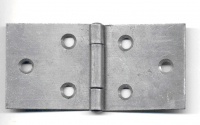
Counter hinges were originally designed for counters and bar tops where the access hatch had to fold back onto the counter. In theatre they are commonly used on stage traps where the trap cover has to fold back onto the stage when being used.
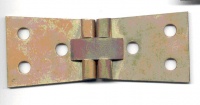
Lift off hinge, as the name implies, allows the hinged piece to be lifted off. They are useful when a quick change or removal of doors or window shutters are required for a scene change.
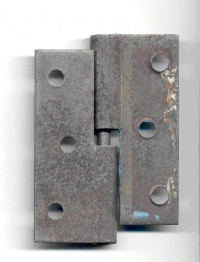
Butt hinge a standard hinge used for hanging doors, especially doors/windows that open onstage. This hinge has to be recessed into the of frame of the door /window for it to work properly.
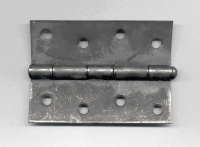
Flush hinges have the same uses as butt hinges but do not need recessed in as one side (leaf) sits flush into the other.
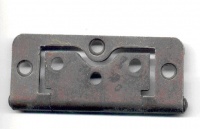
Parliament hinges are used when a door or window has to open 270%eg a door/window opening onstage which has to open all the way and back onto the flat the doorway/window opening is set into. The extended leaf allows this to happen.
